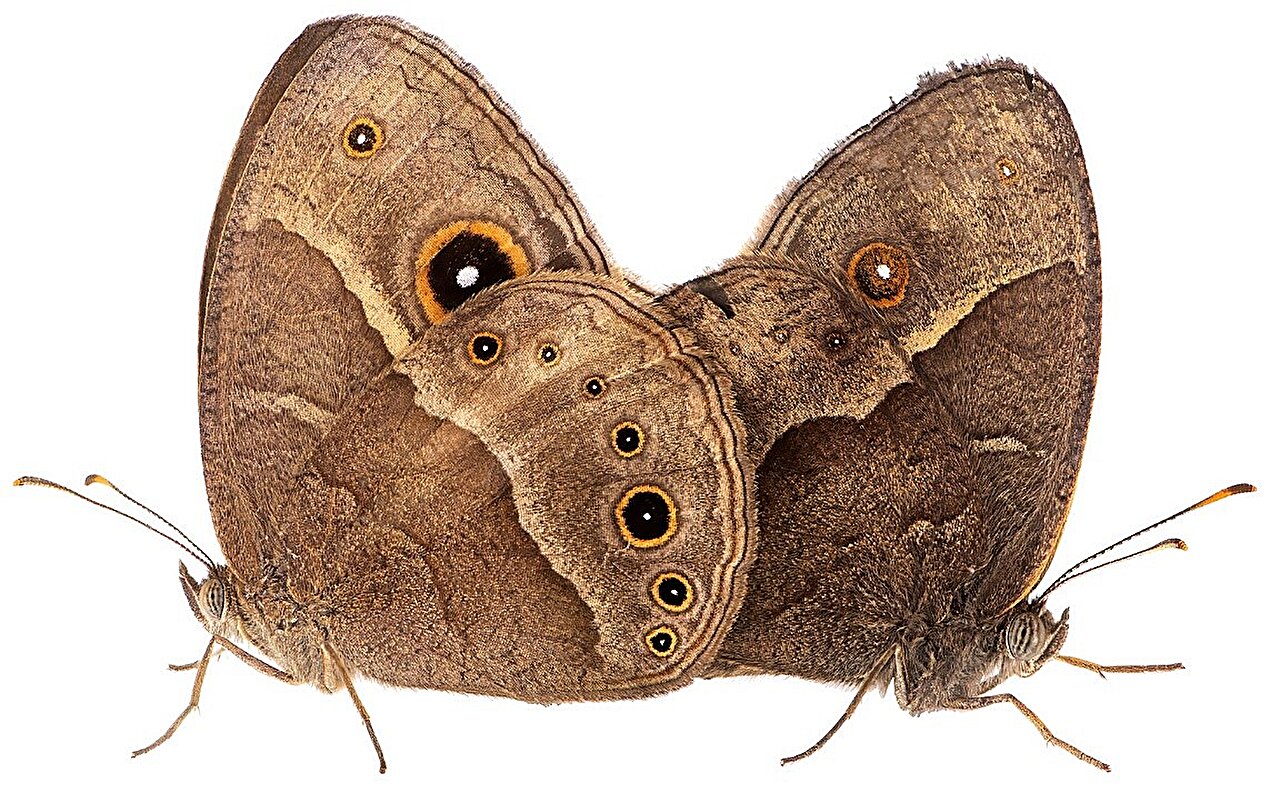Researchers from the Biology Centre, Czech Academy of Sciences, in collaboration with the University of Liverpool, have made a groundbreaking discovery regarding the genetic mechanism that determines whether individual butterflies of the species Bicyclus anynana develop into males or females.
Their study also revealed that if individuals carrying the same variant of the sex-determining gene mate, the resulting embryos will not survive. This finding underscores the potential consequences for small butterfly populations with limited genetic diversity, where mating between closely related individuals is common.
Published in the journal Science Advances, this research marks the first time such a mechanism has been described in butterflies. Surprisingly, it bears resemblance to a similar mechanism found in honeybees.
Bicyclus anynana, commonly known as the squinting bush brown, is native to Africa and is often used in genetics research due to its rapid reproduction and ease of breeding in laboratory settings. Furthermore, its complete genome has already been sequenced.
Led by entomologists Arjen Van’t Hof from the Biology Centre CAS and an international team of collaborators, the study revealed that the sex of this butterfly species is determined by various combinations of variants of a gene known as Masculinizer. A single variant leads to female development, while two different variants result in male development.
However, when two identical variants of Masculinizer are combined, resulting in embryos with the same genetic makeup, they die before reaching maturity. While this occurrence is rare in natural populations due to the high diversity of Masculinizer variants, it becomes more prevalent in populations with reduced genetic variation caused by inbreeding.
The implications of this discovery extend beyond Bicyclus anynana. If similar mechanisms are found in other butterfly species, especially those facing population declines, it could have serious implications for their conservation.
Interestingly, this sex determination mechanism in butterflies shares similarities with that of honeybees, belonging to a different insect group. This convergence of evolution highlights the remarkable adaptability of nature.
Understanding the genetic mechanisms underlying sex determination is crucial in biology, yet many species’ mechanisms remain unknown due to their diversity. Lepidoptera, the insect group to which butterflies and moths belong, exhibit various sex determination mechanisms, including those involving W and Z chromosomes.
The mechanism uncovered in Bicyclus anynana differs significantly from the W chromosome-dependent mechanism found in other species like the silkworm Bombyx mori. This diversity underscores the complexity of biological systems and the ongoing quest to unravel their mysteries.















































